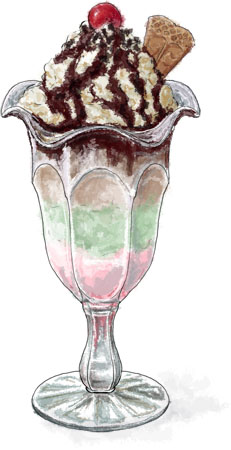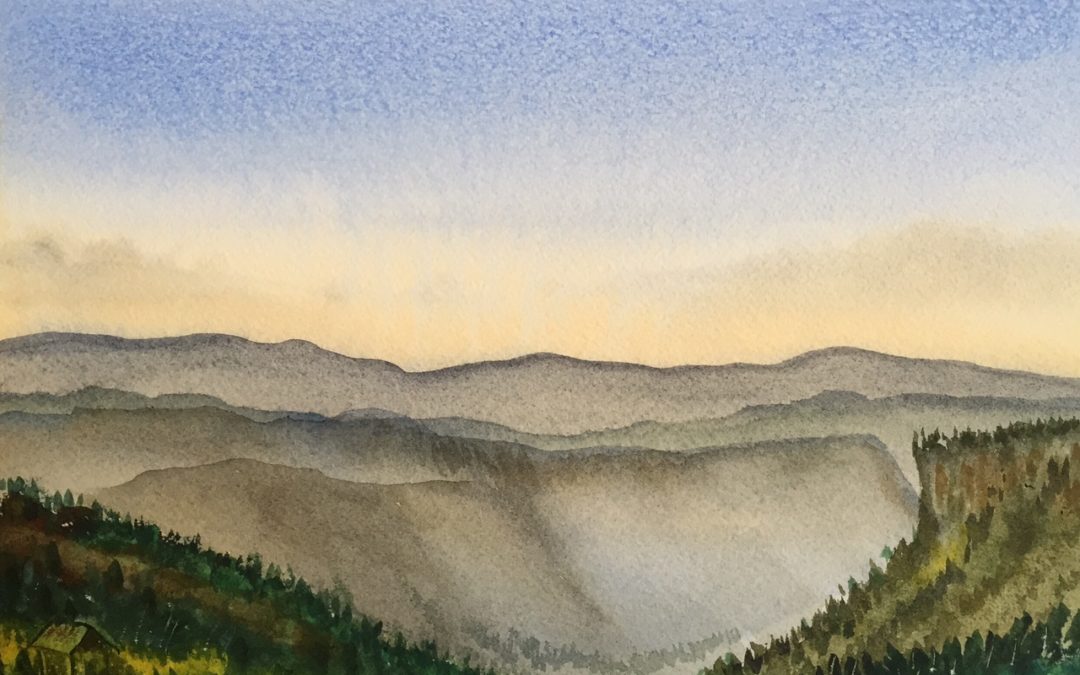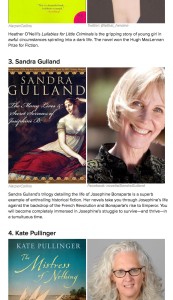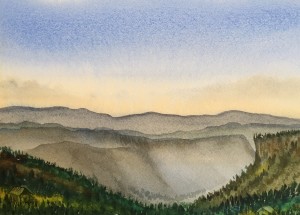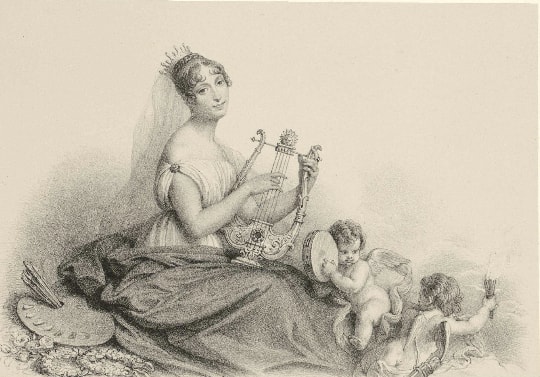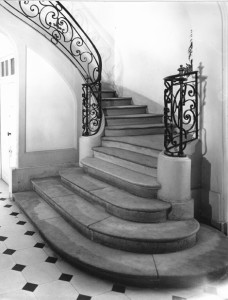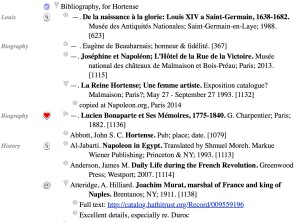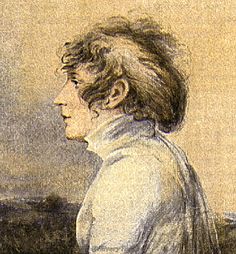
Was Josepine very promiscuous?
The above image is a portrait of Josephine before she met Napoleon.
It is always hard for me to read biographies about Josephine. I’ve yet to read one I don’t have a quibble with. The same holds for a “Great Lives” BBC broadcast I listened to recently on Josephine. It pleases me that Josephine was chosen as one of the “Great Lives,” but there were a number of statements made that I very much question. One statement made was that she was very promiscuous. I ask you: How many lovers does a “very” promiscuous woman have?
How many lovers did Josephine have?
For Josephine, there was General Hoche, and—as is claimed — Director Barras, and — also claimed — Captain Charles.
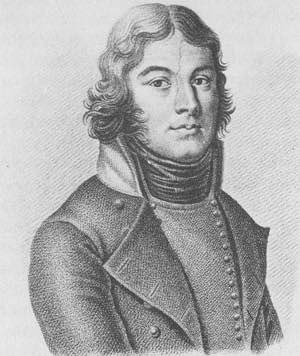
Portrait of General Hoche.
Although there is no absolute evidence regarding Josephine’s involvement with General Hoche, I personally believe that he might have been her lover. We really know nothing concrete, but Hoche was a lovable, attractive man, and she could very well have loved him.

Director Paul Barras
Regarding Director Barras, the question posed on the broadcast was, “What did she have to offer him?” The question was rhetorical: I.e. nothing, it was implied.
Au contraire. My historical consultant, Dr. Catinat, an authority on Josephine, told me that what Josephine had to offer were connections to wealthy Caribbean bankers, contacts she had made as a Freemason. (Women could be Freemasons then.) Barras, although powerful, was very much in need of financial aid, and Josephine was able to put him in contact with men who could help.
Josephine received money from Barras, no doubt, but Dr. Catinat felt that in balance, Barras was the one who came out ahead. This perspective is never mentioned. Instead, it is assumed that because Josephine was receiving money from Barras, she had to be sleeping with him.
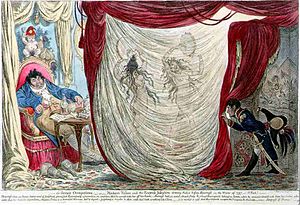
A UK political cartoon showing Josephine and her friend Therese dancing naked for Director Barras, Napoleon looking on.
Several mentions were made of the cartoon of Josephine and her friend Therese dancing naked for Barras, as if this was something that actually happened. They failed to note that the cartoonist was from the UK, which was at war with France. Enemies delight in portraying the enemy in a vile light. Again, while writing the Trilogy, I checked with my knowledgeable French consultants, who declared such stories untrue.
Was Director Barras heterosexual?
Dr. Catinat also told me that Barras was homosexual, possibly bisexual. He had no progeny — in spite of claims that he had many female lovers. I am personally inclined to think that he was more homosexual than bisexual, but there really is very little to go on.
Long ago someone told me that, in her opinion, Josephine was a woman who enjoyed the company of Gay men. Frankly, that rings true to me. Josephine was bohemian, and she loved men and women of the theatre and the arts.
And what about Captain Charles?
Which leads us to Josephine’s third so-called lover: Captain Charles.
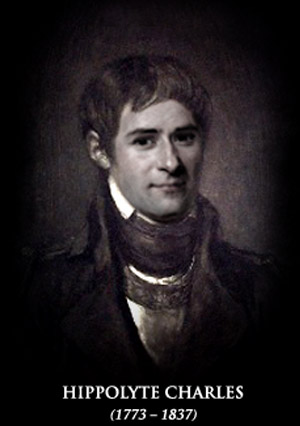
Sweet Captain Charles, Josephine’s business partner.
Hippolyte Charles, too, had no progeny — that we know of — and although we know next to nothing about his personal life, in manner he was gay as a tea party. Supremely fashionable, he enjoyed dressing as a woman.
Furthermore, at the time when Josephine was supposedly having a torrid affair with the Captain, she was quite ill, suffering from fevers and violent headaches, likely brought on by a premature menopause (the result of her imprisonment during the Revolution).
The portrait of Josephine as a woman having a torrid love affair at this time is hard to fathom. I don’t know about you, but I simply cannot see Josephine in the bed of either of Director Barras or Captain Charles. And even if I could, would these three lovers make her worthy of the label “very promiscuous”? I think not.
The BBC broadcast mentioned that Josephine was mesmerizing to men. Yes, she certainly was. What they failed to mention is that she was well-beloved by women as well. As a rule of thumb — at least in my book of Observations of the Human Species — is that a promiscuous, manipulative, calculating woman is given a wide berth by other women. Josephine was trusted by women.
I rest my case.
(For more on this theme, see Josephine: Saint or Sinner? (Who knows?)
What have I been doing?
Other than spending quite a bit of time in Physio Therapy to help my Hip Bursitis (ouch!), I continue to wrestle with the Moonsick outline. It’s a big job, but I’m happy to report that it is coming along.
Great links to share…
The news continues to be dire. I am given hope by the resilience and creative joie d’vivre of the Belgians in their response to the order not to post telling photos to social media during the lock-down. National emergency? Belgians respond to terror raids with cats. This one is one of my favourites:

This YouTube video of people dancing on a Paris Metro is pure joy to watch.
I belong to a FaceBook group of authors, and now and then one of the members asks for help with coming up with a title. One of the authors posted a link to a Title Generator. It may never come up with a usable title, but it’s fun.
I started writing historical fiction because I wanted to imagine a world “peopled” by horses. I no longer have a horse of my own, and my riding days are behind me, but I continue to be captured by these beautiful creatures. This video on wild horses is stunning.



